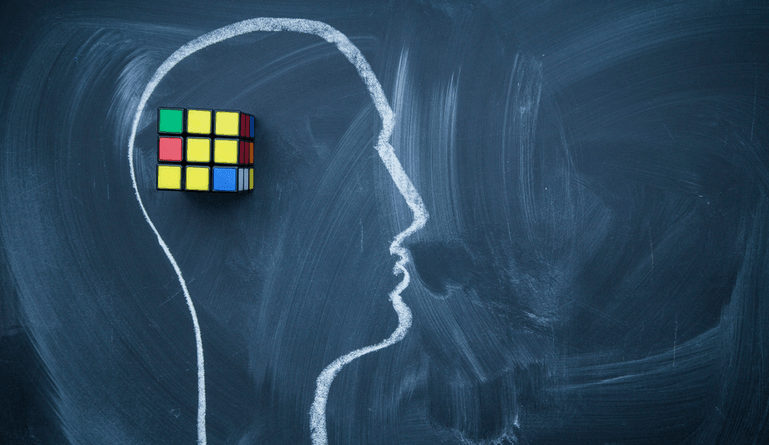Artificial Intelligence already helps advertisers and publicists improve content marketing and helps Google and Microsoft fight hackers, but now AI has reached its true achievement. It solved the Rubik’s Cube in about one second.
The Rubik’s Cube Puzzle
Created in 1974, the Rubik’s Cube 3D puzzle has challenged people since to perfectly align its six sides so that each is a single color. Instruction books have been written to teach humans to solve it. Entire websites exist to explain how to solve it. Humans may twist and turn its rotating sides for days to align its sides. University of California researchers created an artificial intelligence system, DeepCubeA, that solved it just in just over a single second. Show off.
Machines Thinking Like Humans
Although humans created its algorithm, researchers say that it seemed to use a different form of reasoning than humans. DeepCubeA used a strategy unlike those used by humans to complete the puzzle. “It learned on its own,” said Pierre Baldi, a computer science professor at University of California, Irvine.
The UC researchers published their study results in Nature Machine Intelligence. According to the journal article, researchers provided DeepCubeA 10 billion puzzle combinations of the Cube. They programmed the algorithm to target solution of 30 moves or less. In 1,000 tests, it solved the Rubik’s Cube 100 percent of the tests. It found the shortest path 60 percent of the time.
The Difference Between Human and Machine
If it is a question of efficiency, the machine wins. Humans typically require 50 moves to solve the puzzle quickly. DeepCubeA solved the Cube in an average of 28 moves. DeepCubeA does have competition from another machine though.
An algorithm developed at the Massachusetts Institute of Technology, min2phase, solved the Rubik’s Cube three times faster. Min2phase lacked a neural network though, a network that mimics human brain function and machine learning techniques. That algorithm was programmed to solve the Cube. Last year, researchers created a robot that solved Rubik’s Cube in 0.38 seconds.
The Point of the Rubik’s Cube Researcher Fetish
Researchers are using the Rubik’s Cube to teach their algorithms on how to think about complicated problems. When the machine learns to tackle a complicated problem with multiple solutions, then choose one, it begins to develop a machine version of reasoning. The machines need reasoning before researchers can put it on to real-world problems.





